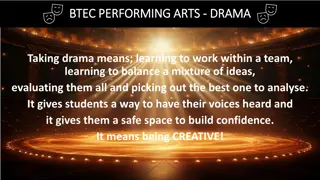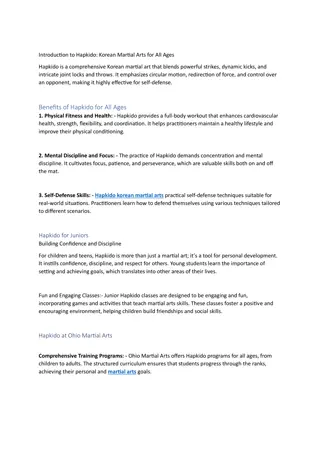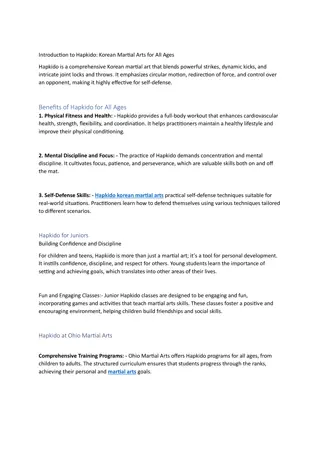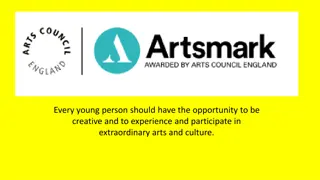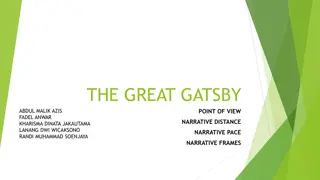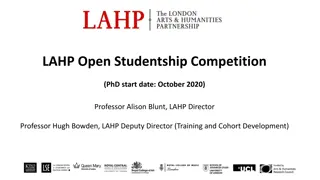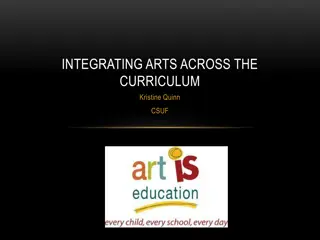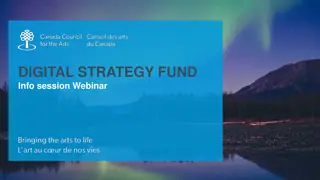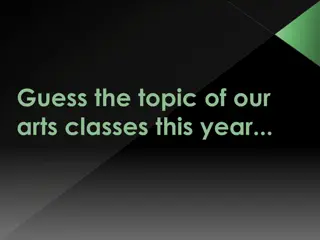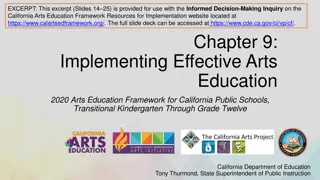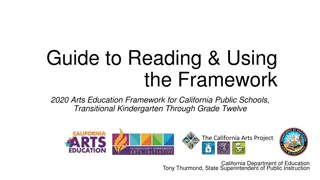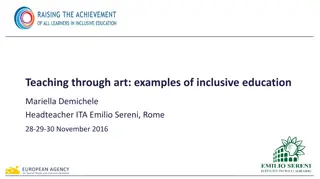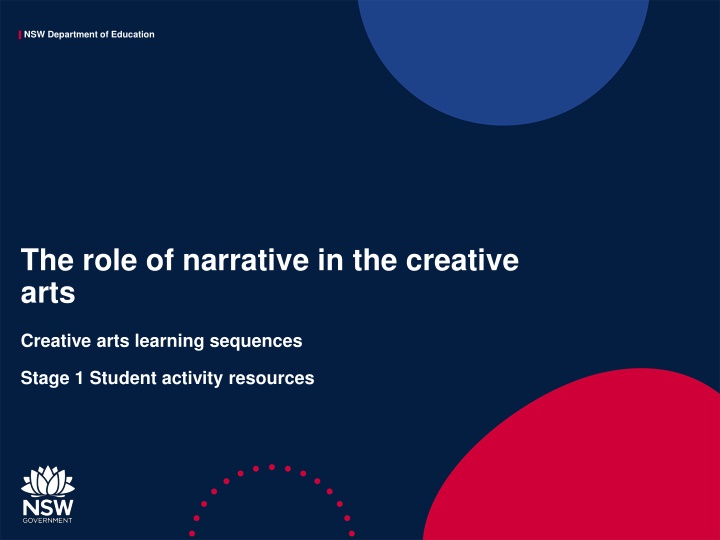
Exploring Japanese Cultural Narrative through Music Education
Dive into the realm of Japanese cultural narrative through music education with the NSW Department of Education. Learn to sing the traditional song 'Issunboshi' while discovering the significance of narrative elements in creative arts. Explore Japanese instrumental tones, reflect on the music's Japanese essence, and engage with the pentatonic scale for a holistic learning experience.
Download Presentation

Please find below an Image/Link to download the presentation.
The content on the website is provided AS IS for your information and personal use only. It may not be sold, licensed, or shared on other websites without obtaining consent from the author. If you encounter any issues during the download, it is possible that the publisher has removed the file from their server.
You are allowed to download the files provided on this website for personal or commercial use, subject to the condition that they are used lawfully. All files are the property of their respective owners.
The content on the website is provided AS IS for your information and personal use only. It may not be sold, licensed, or shared on other websites without obtaining consent from the author.
E N D
Presentation Transcript
NSW Department of Education The role of narrative in the creative arts Creative arts learning sequences Stage 1 Student activity resources
NSW Department of Education Activity 1 Student resources
NSW Department of Education Learn a song Learn to sing 'Issunboshi' 1. Learn to sing the song Issunboshi' from Vocal Ease MORE (Module 1) 2. Use this animated score as a guide. 3. Pause and play to assist you to learn the song. The lyrics are also included on the next slide. 4. Practice keeping the beat with the animated score and following the moving score. 3
NSW Department of Education Sing a song Learn to sing 'Issunboshi' (supporting lyrics) Verse 2 'Issunboshi' Then one day outside their home, By Tracy and Paul Burjan Baby crying one inch long. The old couple did feel blessed, Spoken: Ichi, ni, san, shi, go, rok, nana, achi, kyuu, juu. They called him Issunboshi. Chorus Life passed peacefully and then, Little Issunboshi, was no taller than your thumb, Little Issunboshi, had the heart of a lion, Little man s ambition grew, He was only one inch tall, samurai to beat them all, Little Issunboshi, was a brave samurai, Little Issunboshi. Was a brave, was a brave, Chorus Was a brave samurai, little Issunboshi. Verse 3 Verse 1 To Kyoto he did fly, Long ago, in Japan, To be by the princess side, Lived an old couple with no child. Defeated red demon, Every day, they would pray, Little Issunboshi For a heart to fill their home. Suddenly our brave man grew, Chorus Till he was six foot two, General Horikawa brave samurai to beat them all, 4 Litle Issunboshi. Instrumental then Chorus
NSW Department of Education Think about the song Reflection questions What parts of the music let you know that it is Japanese? How does this add to the meaning of the narrative? Use these instrument guides to explore the instrumental tone colours (timbres) of the Japanese instruments. How do these instruments help tell the story? 5
NSW Department of Education Think about the song Japanese instrumental tone colours Think of three adjectives to describe the sound of each of the instruments below. Write these down and add to the class online digital platform. Koto: Shamisen: Shakuhachi 6
NSW Department of Education Think about the song Listen to the pentatonic scale 'Issunboshi' is based on the E pentatonic scale. How many notes is this? How do you know? This scale can be found in traditional Japanese music. Play or listen to scale and follow along the notes: How does this sound add to the narrative when you sing the song? 7
NSW Department of Education Think about the narrative of the song Reflection questions Read through the story of Issunboshi ( The Inch Boy ) by Junko Murimoto. What is happening in the story? What other stories do we know that are similar to Issunboshi ? Reflect on these stories and think about what is the same. 8
NSW Department of Education Activity 2 Student resources
NSW Department of Education Play some music Write about it Select a nursery rhyme from this list: Baa, Baa, Black Sheep Itsy Bitsy Spider Little Bo Peep Star Light, Star Bright Old Mother Hubbard Little Miss Muffet Humpty Dumpty Rock-a-bye Baby A Sailor Went to Sea Sea Sea Hey Diddle Diddle Here We Go Round the Mulberry Bush With a household member or alone, read the nursery rhyme and mime the actions on the spot (non-locomotor). What is the rhyme about? Does it make sense? Does it tell a story? Write responses in the class digital platform including the name of the rhyme and what it is about. 10
NSW Department of Education Do some drama and movement Act and move to your nursery rhyme 1. Say your nursery rhyme and make yourself small like a seed in the ground. 2. As you read the rhyme, begin to grow into a tree with long, wide branches. 3. By the end of the poem you have grown into an adult tree. Slowly blow in the wind. 4. Say it again and melt down to the ground like a puddle. 5. Say it again, this time in an exaggerated manner or with a silly voice. 6. Move around the room (locomotor) as a character or thing from the rhyme depicting what is happening in the narrative. For example, Little Miss Muffet being the girl or spider, sitting on a seat eating cereal, then being scared or startled or in Humpty Dumpty being the wall, king, horse, soldier or egg, then falling, lying down or trying to put the egg back together. 7. Use Let s move and freeze - Get familiar video (1 minute 48 seconds) to help get some ideas. Think about not only facial expressions and tone of voice, but also the way that the selected character would move including movements such as whether they would be light or heavy. 8. Freeze in a pose and have someone in the household take a photo (or have students take a selfie) and post on the class digital platform. 11
NSW Department of Education Reflecting Think about it How does drama help to make meaning in a rhyme? Does changing role or expression change the meaning of the nursery rhyme? Does it change the point of view of the characters in the rhyme? 12
NSW Department of Education Activity 3 Student resources
NSW Department of Education Listen to some music How does music tell a story without words? Listen to a piece of music that tells a story without words called The Firebird by Igor Stravinsky. How does the music help us to create a story? For example, in The Firebird the tempo changes (it gets faster and more frenzied), the dynamics move between soft ( piano ) and loud ( forte ), the instruments tone colours change (such as high-pitched plucked strings and clarinets). How does this help to tell the story? Discuss with family what the narrative of the music could be about? What does the music do to help us create a story? How much does the title help us to make this choice? 14
NSW Department of Education Observe an artwork Explore and discuss Explore this artwork, inspired by Stravinsky s The Firebird by Anna Duyunova. Discuss with household members the use of colour, pattern, line and radial features (such as the circles and spirals). How do they relate to the music? Look at other firebird inspired artworks created by students to add meaning about what the narrative of the music could be about. 15
NSW Department of Education Write about it and share Describe the narrative of your artwork and share it with the class Make an artwork inspired by Stravinsky's The Firebird . Use available materials to create this work such as paper and pencils or paints or textiles to create sculptures. When making artworks, use equipment correctly such as having sharp pencils overlapping colours, using pencils softly to allow colours to blend and so on. Write a one-sentence artist intent statement about the artwork. This should describe very briefly what the artwork is about (its narrative) as though it were next to the artwork in a gallery. Photograph artworks and attach them to the class digital platform with the artist intent statement. 16








